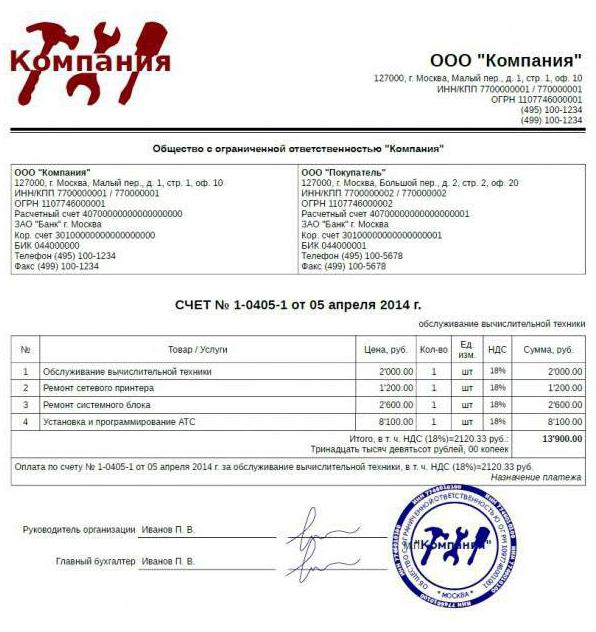More and more enterprises and individuals are choosing for themselves a virtual form of payment. The fact is that it is not a low-cost option and is produced much faster, regardless of the time and days of the week. Non-cash payment is very convenient and practically unlimited by regulatory documents. Therefore, it gradually replaces the usual cash settlement. See below for more information. 
What is cashless?
The form of cashless payment represents the movement of funds on the accounts of customers of banking or credit organizations in electronic form. Any payment of goods by bank transfer is carried out only through specialized organizations that have licenses for banking operations.
Non-cash is available to absolutely all individuals, regardless of the form of their activities. As a rule, at the end of the working day, account holders are provided with a statement of their cash flow activity per day, which allows you to control all operations. But if necessary, such an extract can be requested from a credit institution at any time.
Cashless Adjustment
Non-cash payment is subject to only three regulatory documents that fully control their implementation. The main one is the Civil Code of the Russian Federation, chapter 46 of which describes all the basic requirements for permitted non-cash forms of money circulation.
Further, non-cash submits:
- situation from the issue of payment cards;
- Regulation on the rules for making money transfers.
The first document was approved by the Central Bank on 12/24/04 and discloses the procedure for legal acquiring. This concept defines the usual for many ordinary citizens non-cash payment for services or goods.
The second document was approved only on 06/19/12 by the Bank of Russia and contains all the necessary detailed descriptions of possible forms of cashless payments and requirements for them. Everything contained in the provision is fully consistent with the provisions of the Civil Code.
Any payment by bank transfer is required to be carried out in strict accordance with all of the listed regulatory documents, but such control is not an obstacle to the growing popularity of cashless money circulation among the entire population.
Benefits of Bank Transfer
First of all, payment by bank transfer requires minimal documents, in comparison with the usual cash payment between organizations. Many companies choose this particular form of payment, since it makes it possible to avoid large fines due to errors in the design of cash discipline and the use of cash registers.
Large organizations are also increasingly invoicing non-cash payment to their customers, instead of taking real money from them. This allows companies to save significantly, since servicing such operations is much cheaper.
The obvious benefit of such calculations for ordinary citizens is the convenience of operations. The fact is that they can be carried out simply by having a payment bank card and the ability to access the Internet, and commissions for money transfers between accounts are not always charged or amount to minimal losses.
There is a benefit of such virtual settlements for the state, because it allows you to constantly monitor all cash flows in real time. In addition, a decrease in the turnover of living money supply reduces the possibility of inflation in the country.
In general, the advantages of cashless payments are clearly visible to everyone, and most importantly, they can be implemented at any time of the day, any day of the week and completely regardless of the geography of the transfer.
Types of cashless settlements for individuals

Ordinary citizens may think that payment by bank transfer is only transfers between accounts, but in fact there are 6 of them. Most are available only to legal entities and organizations and are controlled by the same regulatory documents.
The most common and affordable form of payment to civilians is in the form of an electronic transfer. It represents the transfer of funds from the payer's personal bank account to the recipient's account through a banking operator. The recipient can be an individual or organization, the main thing is that such a right should be described in the agreement between the account holder and the bank. Payer can only be a private person.
Another form of payment, which, like the previous one, is regulated by the law “On the National Payment System”, is direct debiting. It is a debit from the account of the owner of the funds at the request of the recipient, but only if it is permitted by the agreement between the account holder and the credit institution. Most often, such payments represent mandatory fees for servicing a bank card or account.
Most common form

Non-cash payment by bank transfer is most often carried out by means of a payment order. This form can be used even by individuals who do not have a current account with a credit institution. Payment is the preparation and transfer to the bank of a certain document - an order detailing the amount, the recipient and the time period in which the transfer must be made. All this is done at the expense of the payer.
The validity of the order is officially 10 days, not taking into account the time the document was submitted, but in practice everything happens much faster. To slow down the receipt of funds can only incorrect execution of the order.
The most protected form
The most secure form of cashless payment is considered payment by letter of credit. It is an inconvenience for the payer, since it requires a separate opening of a letter of credit, even if this bank already has a current account, but all this for the sake of security.
The payer must transfer a certain amount to the open account for goods or services and oblige the bank to pay them to the recipient only if certain conditions are met. That is, until the recipient gives the credit institution confirmation that he has fully fulfilled his obligations of the transaction, he will not receive money. In this case, the bank acts as a non-interested third party and guarantees the legality of the operation.
Cashless payment
Conditionally, payment of cashless cashless funds determines settlements through checkbooks, since after debiting funds from the account of the drawer, it may mean giving them in cash to your hands or transferring them to a bank account. This form of payment is more common in Europe and the USA and is carried out only upon confirmation of the identity of the bearer of the check and receipt of information on the availability of sufficient funds to transfer the amount to the account of the drawer, and, of course, after confirmation of the authenticity of the check.
Another form of cashless transfer is a transfer through a collection or collection order. It is carried out only if the recipient of the funds provides the bank with confirmation to him of the monetary obligations of the account holder. In fact, this is a debt collection and it occurs even without timely notification of the account holder. As a rule, the debtor learns about the withdrawal after the transfer.
What is cashless based on?
First of all, all non-cash payments must be carried out in accordance with the law and regulatory documents.In addition to the general rules, each credit institution is obliged to act only within the framework of the current agreement between the bank and the account holder. Going beyond the scope of the compiled document is permitted only upon signing a new agreement. In addition, the bank does not have the right to influence the choice of form of payment for the participants in the transaction.
Any invoice for payment by bank transfer, a sample of which can be obtained directly from a credit institution, must be supported by a sufficient amount of funds in the payer's account. In addition, money transfer operations must be carried out within the specified period, otherwise sanctions or fines may be imposed on the culprit. Well, of course, each account holder has the right of acceptance, which means that even the state is forbidden to write off money from the account without prior notice.
Varieties of accounts
Any non-cash payment is permissible only if there is a bank account with the necessary amount on it. The exception is only payment by payment order, which is permitted by law and can be carried out even if there is no bank account, but only by individuals. To conduct business, you must have a bank account.
There are several varieties:
- Current account. Available for use by ordinary citizens and is not related to doing business.
- Deposit. Allows you to receive income from your own funds to individuals and organizations.
- Checking account. Open for commercial activities of citizens, entrepreneurs or organizations, except credit.
- Budgetary. Used only by legal entities for the distribution of budget funds.
- Special accounts. These include clearing, collateral, letters of credit and other accounts. They can open to all.
- Correspondent. Available only to credit organizations.

Funds control
For individuals, accounting for the movement of funds in the account allows you to keep bank statements, for organizations it is becoming more difficult. They use books of income and expenses, in which they enter the data of payment orders, collection operations, memorial orders and so on. Special accounts are analyzed using statements of letters of credit, deposits, check transactions and other forms of settlement.
The holder of the account should be told in detail about how to issue an invoice for payment by bank transfer to the bank, and also inform about possible fines. They are superimposed both on the credit organizations themselves and on payment agents if they have not fulfilled their obligations on time.